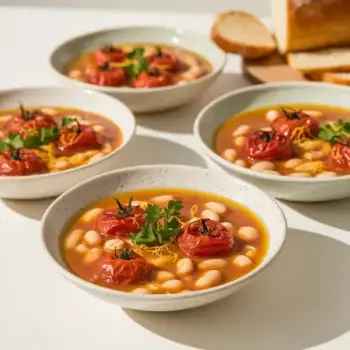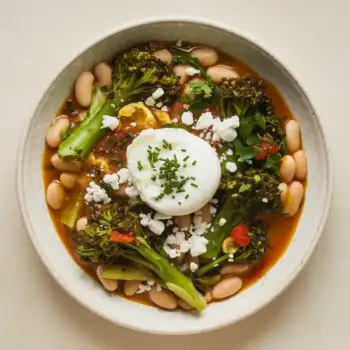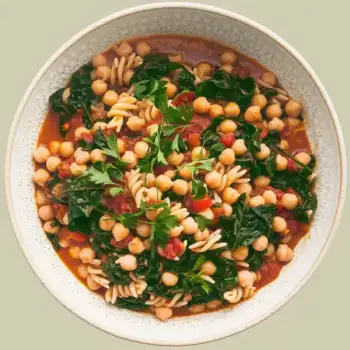


Cubed
Compressed dehydrated vegetable broth in cube form, designed to dissolve in hot water to create instant broth.
Liquid
Vegetable broth sold in liquid form, either in cartons or bottles, ready to use for soups, stews, and as a cooking liquid.
Powdered
Dehydrated vegetable broth in the form of powder or granules, convenient for long-term storage and adjustable flavor intensity.
Concentrated
A more potent version of vegetable broth, often found in jars or tubes, which can be diluted with water according to taste or recipe requirements.




cubed vegetable broth: Bouillon
liquid vegetable broth: Pacific Foods
powdered vegetable broth: Knorr
concentrated vegetable broth: Better Than Bouillon

Roasting: Roasting vegetables before adding them to the broth can add a caramelized, rich dimension to the flavor. This is particularly effective with root vegetables and tomatoes.
Deglazing: After sautéing the mirepoix, deglaze the pan with a splash of wine or water to lift the fond (browned bits) off the bottom of the pan, which adds depth to the broth's flavor.
Simmering: Gently cooking the ingredients in water just below boiling point allows the flavors to meld and intensify without breaking down the vegetables too much. A slow simmer is key to a clear, flavorful broth.














